
Closest to the Indian Independence, which movement actually led to our country's freedom in 1947?
The mass strikes, demonstrations and the resultant support for mutineers continued for several days even after the movement had been called off. It signified in clear terms to the government that the British Indian Armed forces could no longer be trusted for support in a crisis, in fact, it was more likely to be the source of the sparks that would ignite trouble in a country fast slipping out of the hands of the British.
- 1. The Quit India Movement
- 2. The Royal Indian Navy Mutiny
- 3. Japanese Invasion of the Andaman and Nicobar Islands
- 4. The India National Army Trials
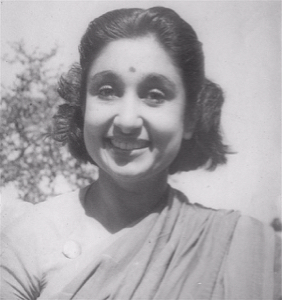
Who led the Rani of Jhansi Regiment in the Indian National Army (Azad Hind Fauj) formed by Subhash Chandra Bose in 1942?
She had heard that Bose was keen to draft women into the organisation and requested a meeting with him from which she emerged with a mandate to set up a women’s regiment, to be called the Rani of Jhansi regiment. Women responded enthusiastically to join the all-women brigade and "Dr." became Captain , a name, and identity that would stay with her for life.
- 1. Sarojini Naidu
- 2. Dr. Lakshmi Sehgal
- 3. Janaky Devar
- 4. Rasammah Bhupalan
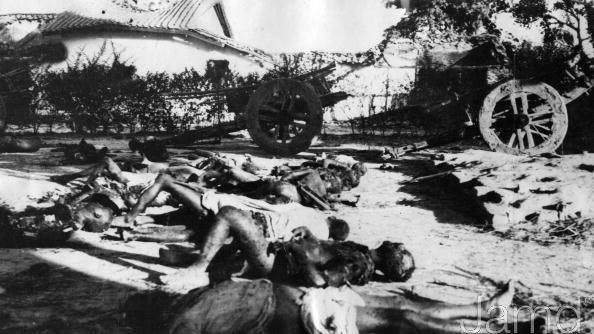
Which incident led to Mahatma Gandhi's withdrawal of the Non-Cooperation Movement in 1922?
The success of the movement was a total shock to the British and a massive encouragement to millions of Indian nationalists. Unity was strengthened and many Indian schools and colleges were made. On 5 February 1922, a clash took place at a small town in the district of Gorakhpur, Uttar Pradesh. On 12 February 1922, Mahatma Gandhi halted the movement on a national level as a direct result of the incident.
- 1. Bhagat Singh's attempt to murder a police officer
- 2. The Khilafat Movement
- 3. Jallianwala Bagh Tragedy
- 4. The Chauri Chaura Incident
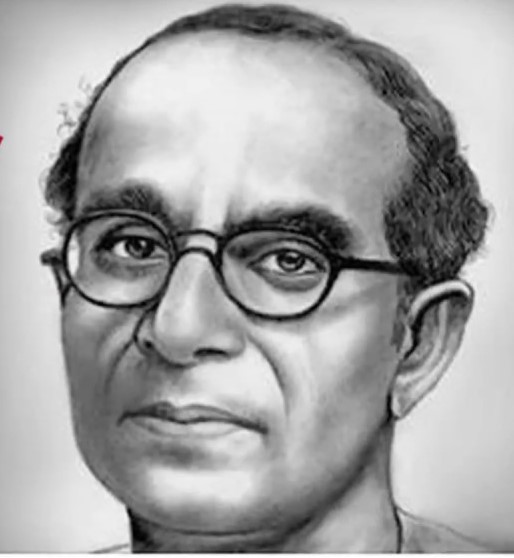
Who coined the celebrated phrases "Simon Go Back" and "Quit India" during freedom struggles in 1928 and 1942 respectively?
Having founded the Bombay Youth League in 1928, he immediately organized a protest against the Simon Commision. He and other young men dressed up as coolies to get access to the Bombay port where they greeted the members of the commission with black flags and the slogan “Simon Go Back”. In 1942, at a meeting in Bombay, Gandhi conferred with his closest associates on the best slogan for the Civil Disobedience Movement. C Rajagopalachari suggested ‘Retreat’ or ‘Withdraw’ but it didn’t find much favour with the leader. It was this man who then came up with the succinct phrase — ‘Quit India’ — that got approval.
- 1. Jawahar Lal Nehru
- 2. Mahatma Gandhi
- 3. Lala Lajpat Rai
- 4. Yusuf Meher Ali
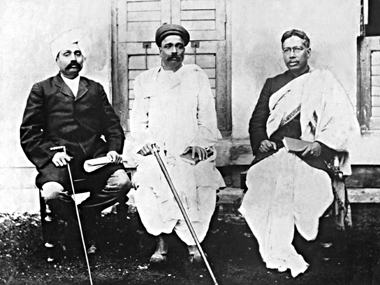
The founding fathers of the Indian Nationalist movement in the 1900s, Lal-Bal-Pal ( Lala Lajpat Rai, Bal Gangadhar Tilak, Bipin Chandra Pal ), belonged to which primary states of India, respectively?
In 1907, the Congress was split into two ideologies: The extremists, led by Tilak, advocated civil agitation and direct revolution to overthrow the British Empire and the moderates, led by leaders like Dadabhai Naoroji and Gopal Krishna Gokhale, who wanted reform within the British rule. Tilak was supported by rising public leaders like Bipin Chandra Pal and Lala Lajpat Rai, who held the same point of view. Under them, India's three great states shaped the demand of the people and India's nationalism.
- 1. Uttar Pradesh, Punjab, Bengal
- 2. Punjab, Maharashtra, Madhya Pradesh
- 3. Punjab, Maharashtra, Uttar Pradesh
- 4. Punjab, Maharashtra, Bengal
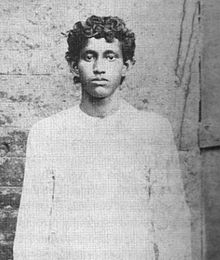
How old was Khudiram Bose at the time of his execution, by the British, in 1908?
Khudiram and Prafulla Chaki, of the Jugantar Party, tried to assassinate a cruel District Judge named Kingsford. They threw bombs that blew up a carriage killing two British women instead of Kingsford. Prafulla committed suicide before his arrest while Khudiram was arrested, tried and sentenced to death. He was said to be cheerful and smiling at the time of his hanging and is dubbed in history as one of the youngest revolutionaries in India.
- 1. 18
- 2. 25
- 3. 21
- 4. 30
In the year 1900, Birsa Munda died in British custody at the age of 25. What was this tribal hero fighting for?
One of the earliest known revolutionaries from the forest lands of the Chota Nagpur Plateau in present-day Jharkhand, Birsa, is the only tribal leader whose portrait hangs in the Parliament. Responding to the cruel exploitation of his people, Birsa and his band of followers began “Ulgulan” (The Great Tumult) against the British colonialists. In October 1894, Birsa mobilised a protest march for the remission of forest dues that the local Zamindars collected. Forest produce, he believed, belonged to the Adivasis. The movement sought to assert the rights of the Adivasis as the real owners of the soil, and the dismissal of Zamindars and the British.
- 1. A separate religion for the tribals and an end of British missionary activities
- 2. The expulsion of middlemen like Zamindars and the British altogether
- 3. Protection of Land rights of the tribals
- 4. All of the above

Surjya Sen led a group of revolutionaries, on 18 April 1930, to raid the armoury of police and auxiliary forces from the Chittagong armoury. What was the ultimate motive behind this raid?
Fondly known as Master Da, Sen, led what is now known as the Chittagong uprising. The raid included seizing of arms from the armoury and the destruction of the communication system of the city. However, although the group could loot the arms, they failed to get the ammunition. They hoisted the Indian National Flag on the premises of the armoury and then escaped. A few days later, a large fraction of the revolutionary group was cornered in the nearby Jalalabad Hills by the British troops. Although he managed to flee, Sen was later captured and hanged to death by the British.
- 1. Capturing police personnel to be traded for jailed revolutionaries
- 2. Using the weapons, captured, for further struggle
- 3. Isolating Chittagong from British India
- 4. Killing as many Policemen as possible

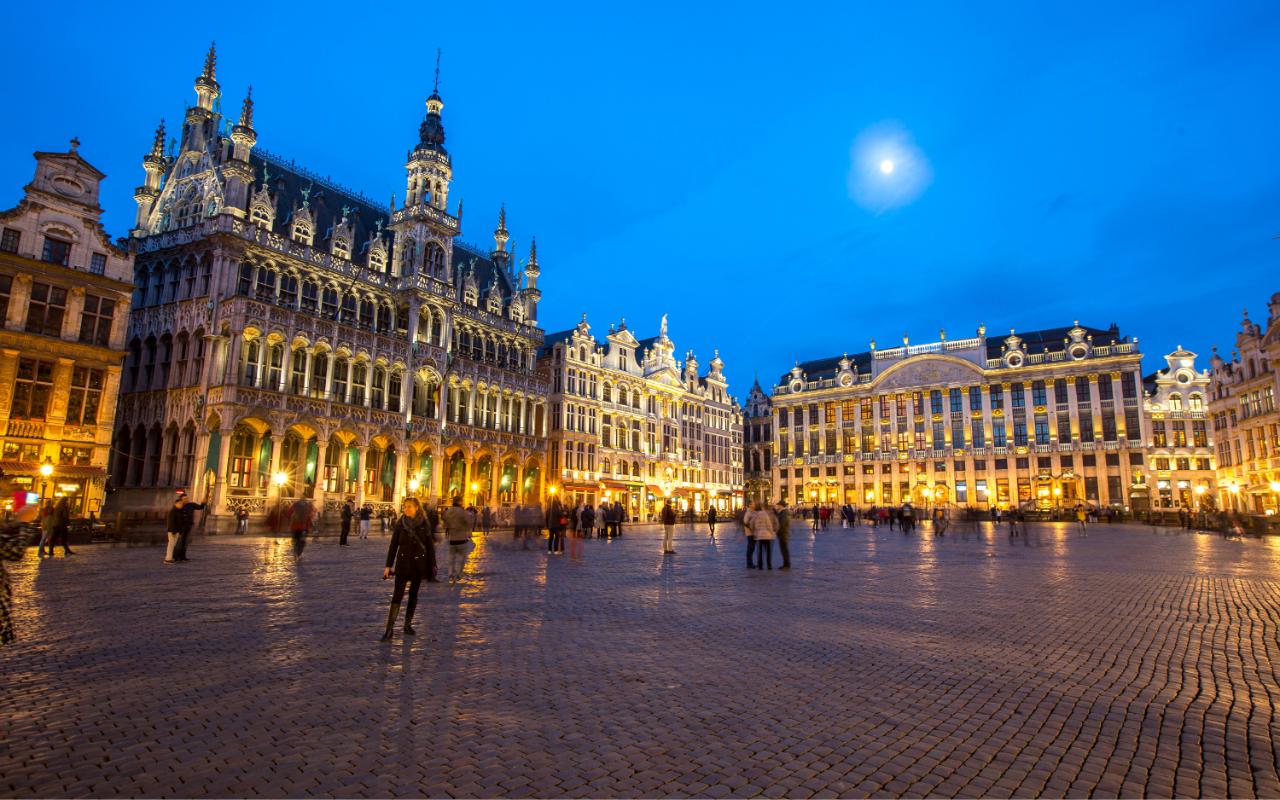



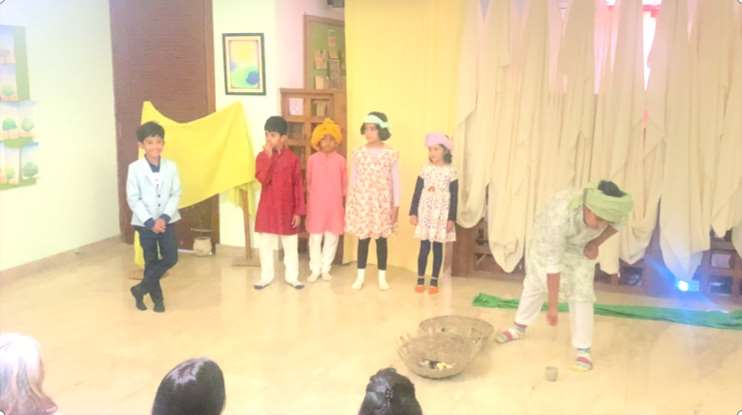
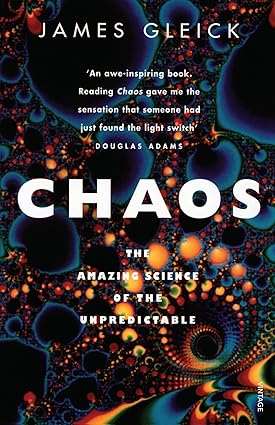
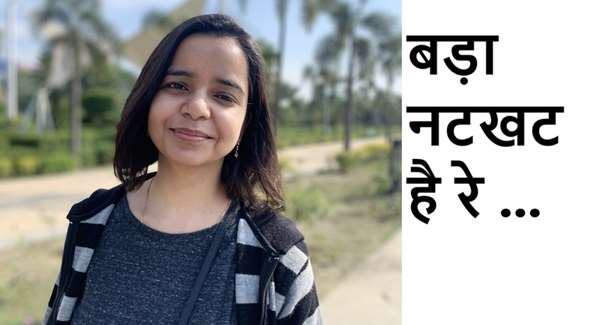
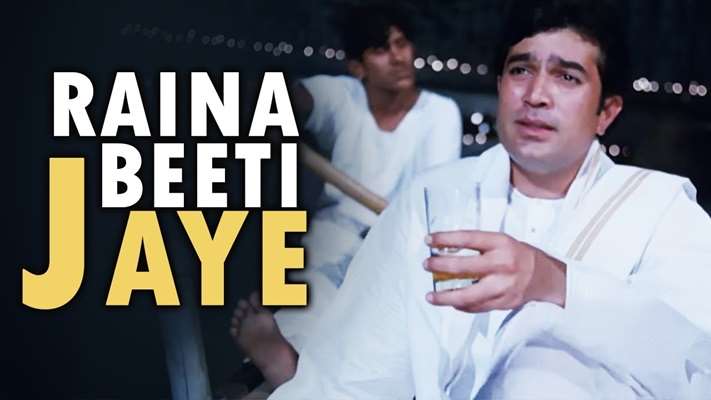
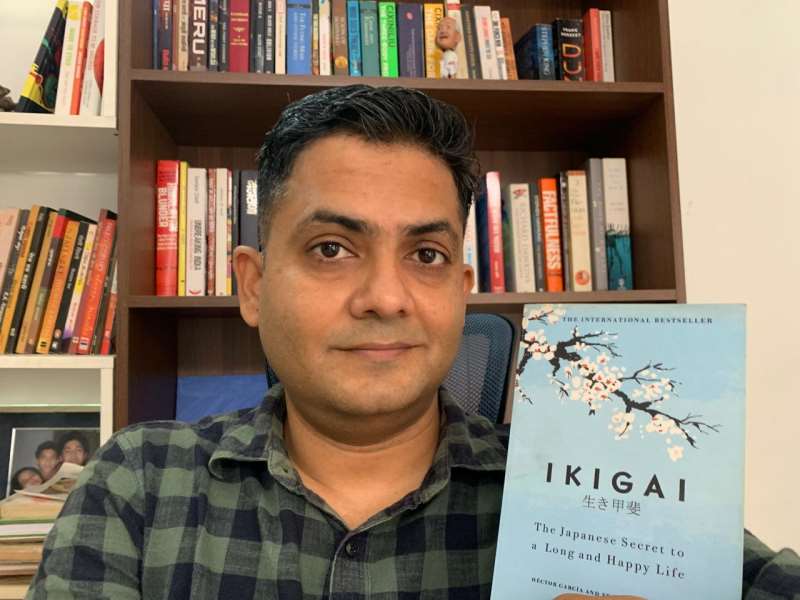
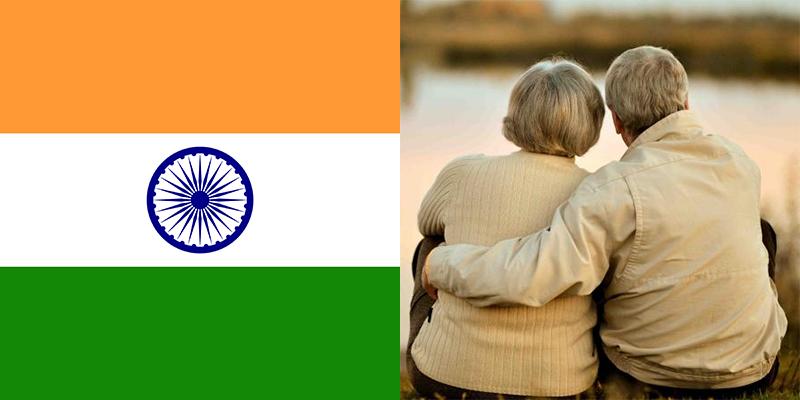








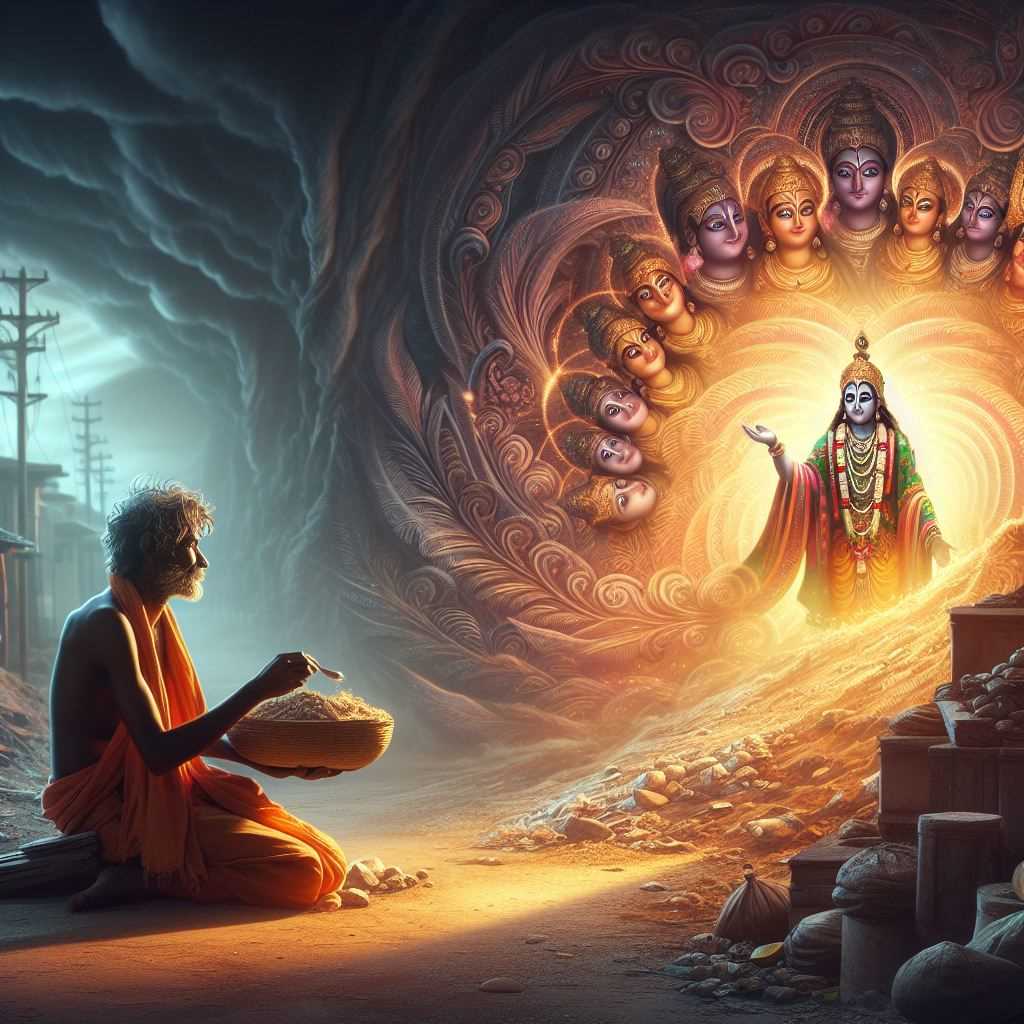


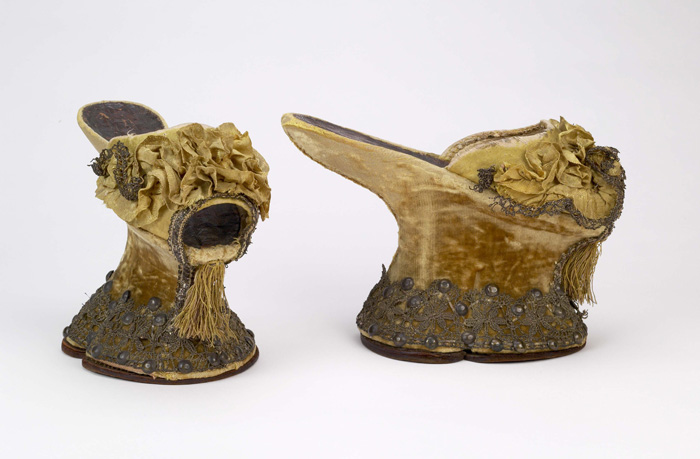
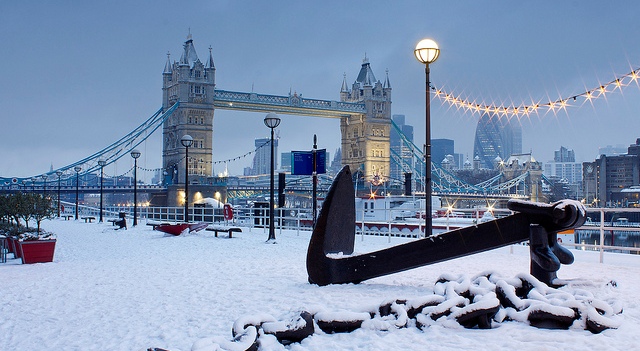
Comments